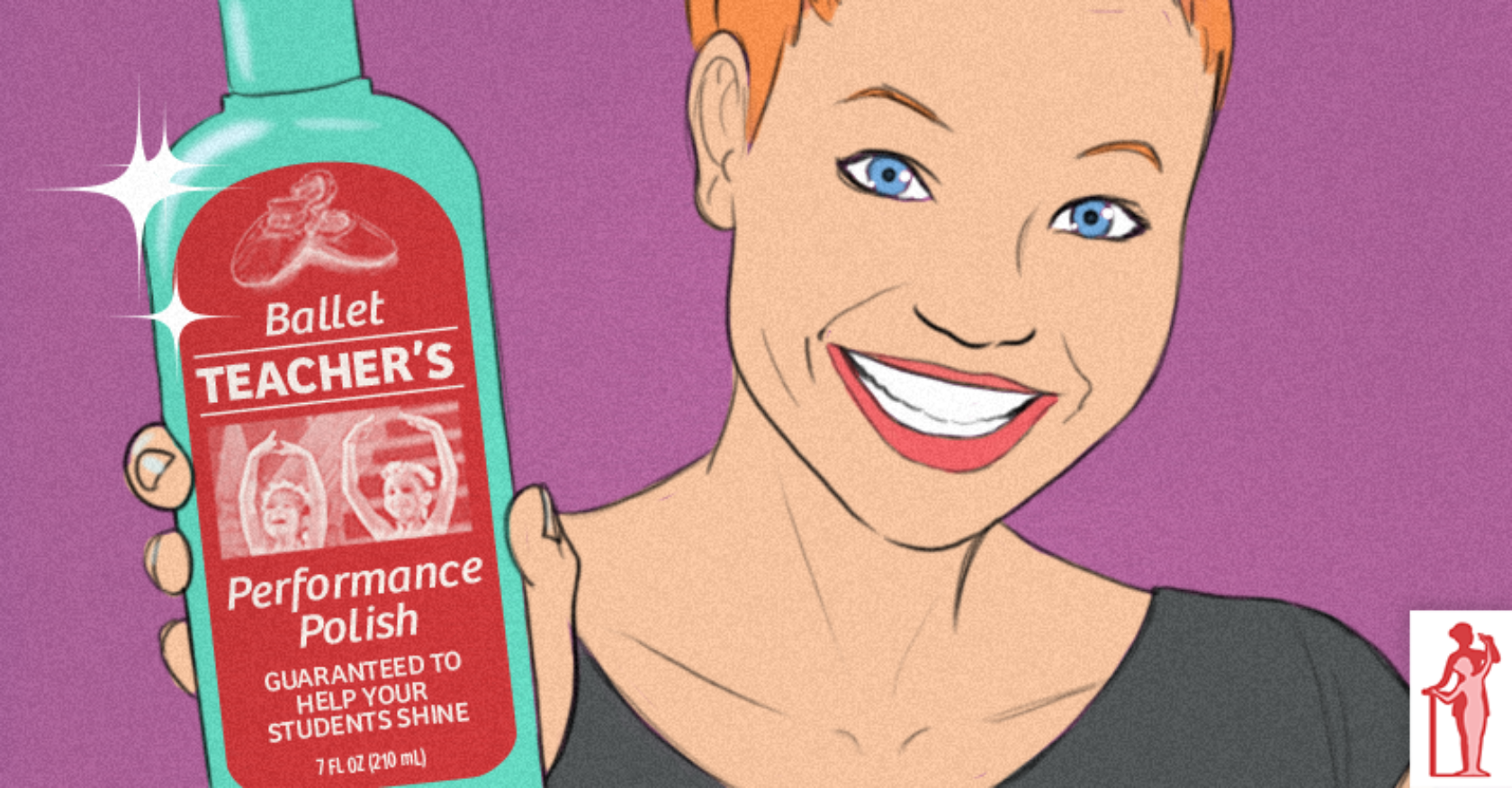 Many of us teachers are in the midst of preparation for recital season. This is such a crazy, wonderful time of year for teachers, students and the school as a whole. Recital week hits and choreography is learned, pictures are being taken and now it’s up to them to perform their pieces with elegance and grace. Moving into this phase, let us take a look at just a few principles that we can discuss with our performing students to enhance the quality of their performance.
Many of us teachers are in the midst of preparation for recital season. This is such a crazy, wonderful time of year for teachers, students and the school as a whole. Recital week hits and choreography is learned, pictures are being taken and now it’s up to them to perform their pieces with elegance and grace. Moving into this phase, let us take a look at just a few principles that we can discuss with our performing students to enhance the quality of their performance.
Artistic Principles to Enhance Their Performance
Have a little chat with them about who or what they are trying to portray in their piece. Speak to them about artistry. Take a few minutes to explain how the parts of the body work together in artistry.- Eyes lead hands; hands lead feet.
- When arms and feet move, arms start, feet follow, then they move together.
- In closing, feet will arrive first.
- In transferring weight (traveling steps) eyes start, then shoulders will move to overbalance the body in the direction of intended movement.
- Spot into a turn rather than out of it. Turns in the direction of the dancer’s master eye will be easier than those in the other direction.
- Artistry is saying something with dancing. If you feel it, the audience will feel it.
Establish “Usual Ways”
Have some usual ways of using heads and arms with the ballet steps that your dancers become used to using. Once the dancer has some usual ways, they can then add a few different ones for variety. Different ways convey different feelings. When the dancer is not in doubt as how to use their head and arms, they will look finished, rather than insecure both onstage and in the classroom. Contrast is also an artistic principle. Example: If a dancer is not always on pointe in a dance, it makes the pointe work stand out. Just as a photographer or a painter uses contrast to build some interest in their work, so dancers use contrast of movement and movement quality.Musical Sensitivity
I tell my students all the time: Music is the dancer’s partner. Music and movement must blend together. The dancer needs to hear and feel the basic musical meters: 2/4, 3/4, 4/4, 6/8. They need to match their movements to the music, to anticipate and control their balance, their center of gravity. The dancer’s counts and the musical counts do not always match—the numbers may be different, but the rhythm and feeling should match.Repetition and Memorization
Brains learn very quickly, but muscles take a long time, and lots of repetition before the movement becomes smooth and secure. The student must assume responsibility for their own learning, and for doing sufficient practice of each movement skill. In rehearsals, practice long sequences in broken down patterns, short sections, until each piece looks secure and smooth. Then blend everything together.Illustration: My students really respond well to the idea of “polishing” a dance. Sit them down and share the image with them of someone who uses a polishing cloth to polish silver. They have to rub one spot on the dish several times before a clean, shiny, section of silver can show through. Explain that sometimes the dance steps are there, but that we need to spend some time doing the same steps over and over until that section is “shiny”. Use the promise of a really “shiny dance” as the result of all this polishing to motivate them! This also helps with those students who grow impatient with repeating things.
A Note About Choreography
Teachers, create your own dances using what your students look good doing. Let the students help with choreography, if appropriate. They will do things they like, and things they can do well. They will also be more likely to remember what they have helped to create. Sometimes give them some enchainements to try from verbal description only. Dancers need to be “quick studies”! Nothing gives a teacher more joy than to see the summation of a year’s work in their performance at the end of the year. Seeing the principles come to life in their performing quality brings so much satisfaction. Prime your dancers well with these performing principles. Related Articles:- 10 Ways to Make the Most of Recital Night
- No-Stress Performance Prep
- Choreographic Advice for Teachers
- So, You’re Just Teaching Them to Dance?


Comments
No comments for this post.
Add Comment